The Brussels Griffon: A Belgian Jewel with a Big Personality 100% Guide
Nestled in Belgium’s rich canine heritage, the Brussels Griffon embodies charm, intelligence, and loyalty, capturing hearts globally with its distinctive appearance and endearing personality. From humble 19th-century origins in Brussels to cherished modern companions, this breed leaves an indelible mark on the canine world, celebrated for its affectionate nature and lively demeanor. Discover the Brussels Griffon’s journey through history, symbolizing resilience and adaptability, seamlessly integrating into diverse lifestyles and earning fame as a beloved choice for families, singles, and celebrities alike. Join us as we explore this breed’s intriguing origins, unique traits, and practical care tips, complemented by personal stories from dedicated owners—a testament to the enduring bond between humans and these captivating dogs.
The Brussels Griffon, often referred to as Griffon Bruxellois in Europe, traces its roots back to Belgium, where it emerged as a result of selective breeding among small, wire-coated dogs in the 19th century. The breed’s exact ancestry is somewhat debated, but it is believed to have developed from a combination of local Belgian street dogs, including the Affenpinscher and the Belgian street dog (similar to the Petit Brabançon), among others.
Origins in Belgium: In the late 1800s, Brussels became a hub for dog fanciers who were drawn to the small, sturdy, and expressive dogs that roamed the city streets. These dogs, known for their lively personalities and distinctive facial features, captured the attention of breeders who sought to refine and standardize their characteristics.
Development of the Breed: The Brussels Griffon breed standard began to take shape in the late 19th century, primarily through the efforts of Belgian breeders who aimed to create a charming and affectionate companion dog. Initially, there were variations in coat type and color, but breeders focused on developing a consistent look that emphasized the Griffon’s endearing facial expressions and lively demeanor.
Popularity in Europe and Beyond: By the early 20th century, the Brussels Griffon gained popularity not only in Belgium but also in neighboring European countries. They were favored by royalty, artists, and socialites, who appreciated their distinctive appearance and engaging personalities. The breed’s popularity continued to grow, spreading to North America and other parts of the world as more people discovered the Griffon’s unique charms.
Recognition and Breed Standard: The Brussels Griffon was officially recognized by the Belgian Kennel Club in the late 1800s, and the breed standard was refined over the years to reflect its desired traits. Today, the Griffon Bruxellois is recognized by major kennel clubs worldwide, including the American Kennel Club (AKC) and the Kennel Club (UK), which maintain standards that emphasize the breed’s small size, distinctive coat, and lively, affectionate temperament.
Cultural Significance: Beyond its role as a beloved companion, the Brussels Griffon has left its mark on art, literature, and popular culture. Paintings and sculptures featuring Griffons can be found in museums and galleries, reflecting their status as symbols of charm and companionship. In modern times, Brussels Griffons have also gained attention through social media, where their expressive faces and playful antics continue to captivate audiences around the globe.
Physical Characteristics
The Brussels Griffon is a small dog breed known for its distinctive appearance and charming personality. Here’s a detailed look at their physical features:
Size and Proportion: The Brussels Griffon is a small-sized breed, typically weighing between 8 to 10 pounds (3.6 to 4.5 kilograms) and standing about 7 to 8 inches (18 to 20 centimeters) tall at the shoulder. They are compact and well-proportioned, with a sturdy build that belies their small stature.
Facial Features: One of the most striking aspects of the Brussels Griffon is its expressive face. They have a domed head with a short, broad muzzle and a well-defined stop. Their large, round eyes are set well apart, giving them a curious and alert expression. The ears are usually small and set high on the head, either naturally erect or cropped to stand upright.
Coat Types and Colors: Brussels Griffons come in two coat types: smooth and rough (also known as rough-coated or wiry). The smooth coat is short, glossy, and close to the body, while the rough coat is longer, dense, and wiry, giving them a more tousled appearance. Both coat types can come in a variety of colors, including:
- Red: Shades ranging from deep mahogany to light reddish-brown.
- Belge (Grizzle): Mixtures of red and black hairs, giving a distinctive “dirty face” appearance.
- Black and Tan: Black with rich tan markings on the legs, eyebrows, cheeks, and under the tail.
- Black: Solid black without any markings.
The coat colors and patterns add to the breed’s unique look, making each Brussels Griffon easily recognizable.
Body Structure: Despite their small size, Brussels Griffons have a robust body structure. They have a short, slightly arched neck that flows into a well-developed chest and a level topline. Their hindquarters are muscular and well-boned, providing them with agility and balance.
Tail: The tail of a Brussels Griffon is typically set high and carried either straight or slightly curved over the back. In some countries, docking of the tail is still practiced, giving them a shorter tail.
Overall Impression: When you see a Brussels Griffon, their distinctive features and animated expression immediately capture attention. Their charming appearance, coupled with their confident demeanor, reflects their lively and affectionate personality.
Temperament and Personality
The Brussels Griffon is not just a small dog; it’s a big personality in a pint-sized package. Known for their lively disposition and affectionate nature, here’s a closer look at what makes these dogs so endearing:
Affectionate and Loyal: Brussels Griffons are deeply attached to their human companions. They thrive on close bonds and are known to be affectionate lapdogs. They often form strong attachments to one or more family members, showing loyalty and devotion.
Intelligent and Alert: Beneath their charming exterior, Brussels Griffons are remarkably intelligent dogs. They are quick learners and enjoy mental stimulation through interactive play and training sessions. Their alertness makes them excellent watchdogs, as they are keenly aware of their surroundings and quick to alert their owners to any perceived threats.
Playful and Spirited: Despite their small size, Brussels Griffons have a playful and spirited nature. They love to engage in interactive play sessions and are often quite entertaining with their antics. Their energy levels can vary, but they generally enjoy daily walks and interactive playtime to burn off excess energy.
Curious and Adventurous: Brussels Griffons are naturally curious dogs with a sense of adventure. They enjoy exploring their environment and are often curious about new sights, sounds, and smells. This curiosity can sometimes lead them into mischief, so it’s important to provide them with supervised exploration opportunities.
Social and Responsive: These dogs thrive on human interaction and enjoy being part of the family activities. They are responsive to positive reinforcement training methods and can excel in obedience and agility training with the right approach. Early socialization helps them develop into well-adjusted dogs who are comfortable in various social settings.
Quirks and Unique Behaviors: One of the endearing qualities of Brussels Griffons is their quirky behavior. They may exhibit comical antics or idiosyncratic habits that endear them to their owners. From tilting their heads in curiosity to snuggling up under blankets, each Griffon has a unique personality that adds to their charm.
Adaptability: Brussels Griffons are adaptable dogs that can thrive in various living situations. Whether in an apartment or a larger home, they adjust well as long as they receive sufficient attention, exercise, and mental stimulation. They are equally comfortable living with singles, couples, or families with children, provided they are treated with love and respect.
Living with a Brussels Griffon
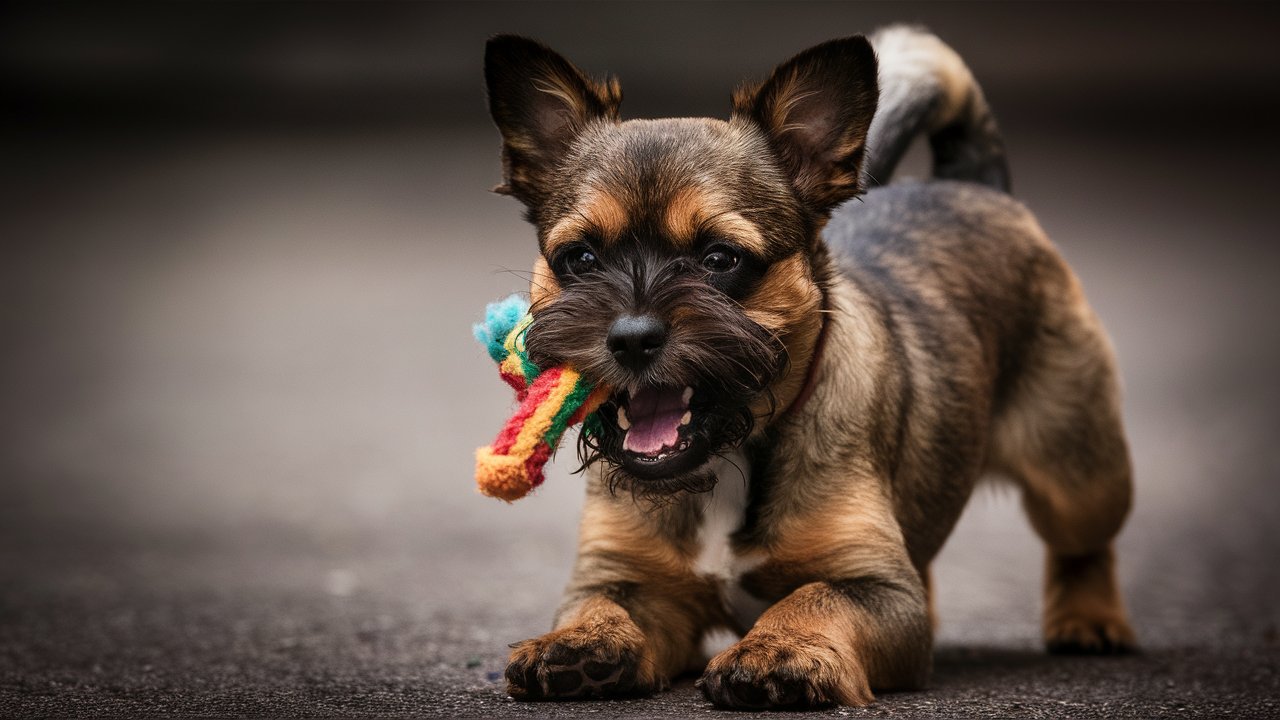
Brussels Griffons make delightful companions, combining a small size with a big personality. Here’s what prospective owners should know about living with these charming dogs:
Ideal Home Environment: Brussels Griffons thrive in environments where they can be close to their human family. They are well-suited to apartment living due to their small size, but they also enjoy having access to a secure outdoor area where they can explore and play. They are adaptable dogs that can adjust to various living situations as long as they receive adequate attention and care.
Exercise Needs: Despite their small stature, Brussels Griffons have moderate exercise requirements. They enjoy daily walks to burn off energy and stimulate their curious minds. Interactive play sessions, such as fetch or puzzle toys, can also provide mental stimulation and keep them engaged. It’s important not to over-exercise them, especially in hot weather, due to their short muzzle which can affect their ability to regulate body temperature.
Grooming Requirements: The grooming needs of Brussels Griffons vary depending on their coat type. Smooth-coated Griffons require minimal grooming, with a weekly brushing to remove loose hair and maintain coat health. Rough-coated Griffons need more attention, including regular brushing to prevent matting and occasional trimming to maintain a tidy appearance. Both coat types benefit from regular dental care, nail trimming, and ear cleaning to prevent infections.
Nutritional Considerations: A balanced diet is essential for the health and well-being of Brussels Griffons. They should be fed high-quality dog food appropriate for their age, size, and activity level. Owners should monitor their weight and adjust their diet as needed to prevent obesity, which can lead to health problems. It’s important to consult with a veterinarian to determine the best diet plan for your Griffon.
Health Care: Brussels Griffons are generally healthy dogs, but like all breeds, they are prone to certain health issues. Common health concerns include respiratory problems due to their short muzzle, dental issues, patellar luxation (knee dislocation), and eye conditions such as cataracts. Regular veterinary check-ups, vaccinations, and preventive care are essential to maintain their overall health and detect any potential issues early.
Training and Mental Stimulation: Training is important for Brussels Griffons to channel their intelligence and energy positively. Positive reinforcement techniques work well with this breed, as they respond eagerly to praise and treats. Early socialization helps them develop good manners and confidence in various situations. Mental stimulation is equally important, as they enjoy interactive toys, puzzle games, and learning new tricks to keep their minds sharp.
Interaction with Children and Other Pets: Brussels Griffons are affectionate and enjoy the company of their family members, including children and other pets, when properly socialized from a young age. They may prefer gentle play and supervision is recommended to ensure interactions are positive and safe for everyone involved. They can coexist well with other dogs and cats in the household, especially if introduced and supervised appropriately.
Health Considerations
Like all breeds, Brussels Griffons are prone to certain health issues that potential owners should be aware of. Understanding these conditions and how to manage them is crucial for ensuring a long and healthy life for your Griffon companion.
Common Health Issues:
- Brachycephalic Syndrome: Brussels Griffons, especially those with a short muzzle (brachycephalic), can suffer from respiratory issues such as narrowed nostrils, elongated soft palate, and tracheal collapse. These conditions can lead to breathing difficulties, snoring, and intolerance to heat and exercise.
- Patellar Luxation: This is a condition where the kneecap (patella) can dislocate or slip out of place, causing pain and lameness. It’s relatively common in small breeds like the Brussels Griffon and may require surgical correction depending on the severity.
- Eye Problems: Brussels Griffons can be prone to various eye issues, including cataracts, progressive retinal atrophy (PRA), and dry eye (keratoconjunctivitis sicca). Regular eye examinations by a veterinarian are essential to detect and manage these conditions early.
- Dental Issues: Small breeds often have crowded teeth, which can lead to dental problems such as tartar buildup, gum disease, and tooth decay. Regular dental care, including brushing their teeth and providing dental treats or toys, can help maintain oral health.
- Heart Conditions: Some Brussels Griffons may develop heart murmurs or other cardiac issues. Regular veterinary check-ups, including auscultation of the heart, can help monitor and manage these conditions if they arise.
- Allergies: Like many dogs, Brussels Griffons can suffer from allergies, which may manifest as skin irritation, itching, or ear infections. Identifying and avoiding allergens, along with appropriate veterinary care, can help alleviate symptoms.
Veterinary Care and Preventive Measures:
- Regular Check-ups: Schedule regular veterinary visits to monitor your Brussels Griffon’s overall health, including vaccinations, parasite control, and routine blood tests.
- Healthy Diet: Feed a balanced diet appropriate for small breed dogs to maintain their ideal body condition and support their overall health.
- Exercise and Weight Management: Maintain a healthy weight through regular exercise and portion-controlled feeding to prevent obesity, which can exacerbate joint and respiratory issues.
- Dental Care: Brush your Griffon’s teeth regularly and provide dental chews or toys to promote oral hygiene and prevent dental disease.
- Environmental Considerations: Protect your Griffon from extreme temperatures and ensure they have a safe, comfortable environment to reduce stress and potential health risks.
Longevity and Quality of Life:
With proper care and attention to their health needs, Brussels Griffons can live a long and fulfilling life. Providing a loving home environment, regular veterinary care, and proactive management of any health issues that arise are key to ensuring they thrive.
Training and Socialization
Training and socialization are essential aspects of raising a well-behaved and well-adjusted Brussels Griffon. Here’s a comprehensive look at how to approach training and socializing your Griffon companion:
Effective Training Methods:
- Positive Reinforcement: Brussels Griffons respond well to positive reinforcement techniques, such as praise, treats, and rewards for desired behaviors. This approach encourages them to repeat behaviors you want to reinforce, making training sessions enjoyable and productive.
- Consistency: Be consistent in your training methods and expectations. Establish clear rules and boundaries from the beginning to help your Griffon understand what is expected of them.
- Patience and Persistence: Small breed dogs like the Brussels Griffon can sometimes be stubborn or independent. Be patient and persistent in your training efforts, using gentle guidance and repetition to help them learn and retain commands.
- Early Socialization: Start socializing your Brussels Griffon early, ideally during puppyhood. Expose them to different people, pets, environments, and experiences to help them develop confidence and good social skills.
Socialization Tips:
- Puppy Classes: Enroll your Griffon in puppy kindergarten or obedience classes designed for small breeds. These classes provide structured socialization opportunities and teach basic obedience skills in a controlled environment.
- Playdates: Arrange playdates with other friendly dogs to help your Griffon learn appropriate canine social behavior and manners.
- Exposure to Environments: Introduce your Griffon to various environments, such as parks, streets, and busy areas, to accustom them to different sights, sounds, and smells.
- Positive Experiences: Ensure that socialization experiences are positive and rewarding for your Griffon. Use treats, praise, and encouragement to reinforce calm and confident behavior in new situations.
Challenges and Solutions:
- Separation Anxiety: Brussels Griffons can be prone to separation anxiety due to their strong bond with their owners. Gradually acclimate them to being alone through short absences and providing comforting toys or treats.
- Barking: Address excessive barking through training techniques that redirect their attention or teach them alternative behaviors. Reward quiet behavior to encourage them to bark less.
- Housebreaking: Use consistent routines and positive reinforcement to housebreak your Griffon. Crate training can be effective for managing their bathroom habits and preventing accidents indoors.
Training for Specific Activities:
- Agility: Brussels Griffons can excel in agility training due to their agility and intelligence. Set up agility courses or participate in agility classes to engage their minds and bodies in a fun and challenging activity.
- Tricks and Games: Teach your Griffon entertaining tricks and interactive games to keep them mentally stimulated and strengthen your bond through positive interactions.
Brussels Griffon in the Media and Culture
The Brussels Griffon has made a notable impact in media and culture, appearing in various forms of art, literature, and popular media. From being depicted in famous paintings and sculptures to appearing in films and advertisements, this breed’s distinctive appearance and endearing personality have captured the imagination of many. In modern times, Brussels Griffons continue to be featured on social media platforms, where their charming antics and expressive faces delight audiences worldwide, solidifying their place as cherished icons in the realm of canine companionship.
Stories and Anecdotes

Stories and anecdotes about Brussels Griffons abound, reflecting their unique charm and personality. Owners often share tales of their Griffons’ comical antics, such as their curiosity getting them into amusing situations or their affectionate nature brightening even the dullest days. These anecdotes highlight the breed’s intelligence, loyalty, and endearing quirks, showcasing why Brussels Griffons are beloved companions. Whether it’s a heartwarming tale of loyalty or a humorous escapade, these stories illustrate the special bond between humans and their Brussels Griffon companions.
Choosing a Brussels Griffon
Choosing a Brussels Griffon involves considering their affectionate nature, lively personality, and adaptability to various living situations. Prospective owners should research breed characteristics, assess their own lifestyle and ability to provide necessary care, and consider adoption options from reputable sources. Whether opting for a puppy or rescuing an adult, ensuring a suitable match in temperament and needs is crucial for a fulfilling companionship with this charming breed.
Conclusion
In conclusion, the Brussels Griffon stands out as a remarkable breed, cherished for its charm, intelligence, and unwavering loyalty. From its origins in 19th-century Brussels to its place in modern households worldwide, this small dog has left an indelible mark on the hearts of dog enthusiasts.
Throughout this guide, we’ve explored the Brussels Griffon’s intriguing history, distinctive physical features, and endearing personality traits. We’ve delved into practical tips on care, training, and health considerations, supported by expert insights and personal anecdotes from dedicated owners.
Whether you’re considering adding a Brussels Griffon to your family or simply intrigued by their unique qualities, this journey through the world of the Brussels Griffon has offered a deeper understanding of what makes them such beloved companions. Their adaptability, affectionate nature, and lively demeanor make them a perfect fit for families, singles, and anyone seeking a loyal furry friend.
As you embark on your own journey with a Brussels Griffon, may this guide serve as a valuable resource, enriching your experience and deepening your appreciation for this extraordinary breed. Here’s to the continued enchantment and inspiration that Brussels Griffons bring to dog lovers around the globe.
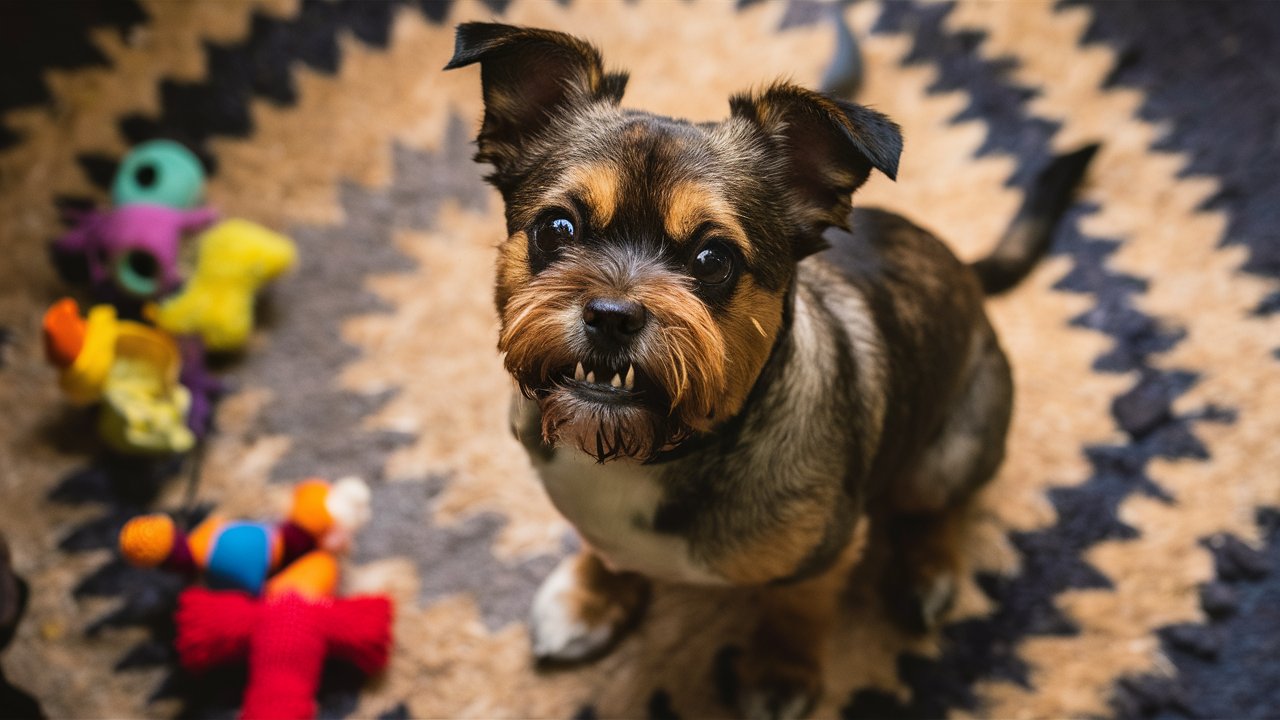
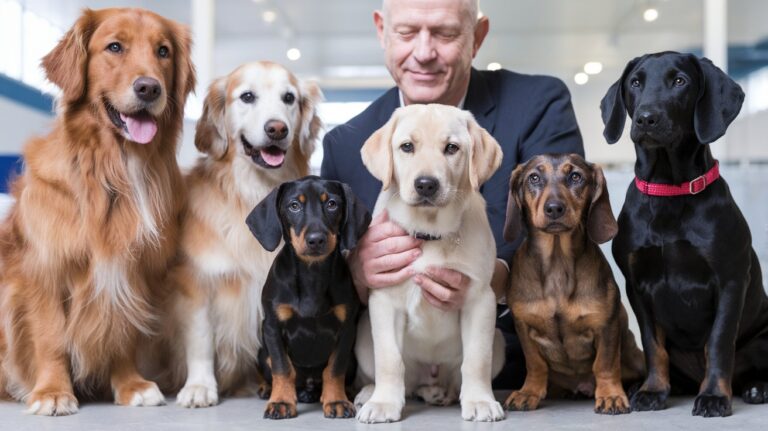
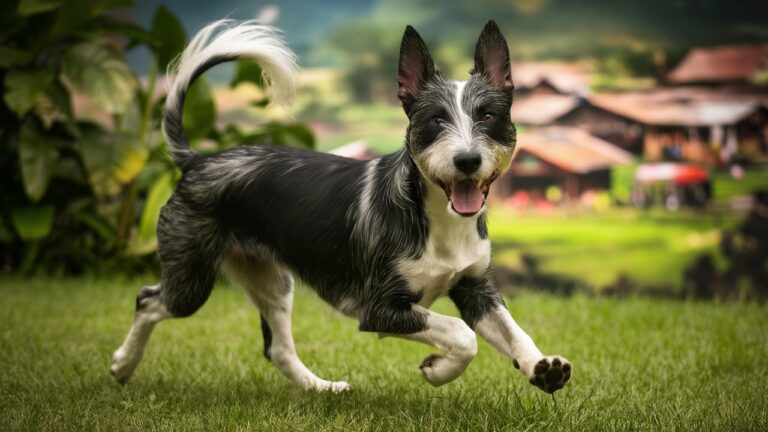


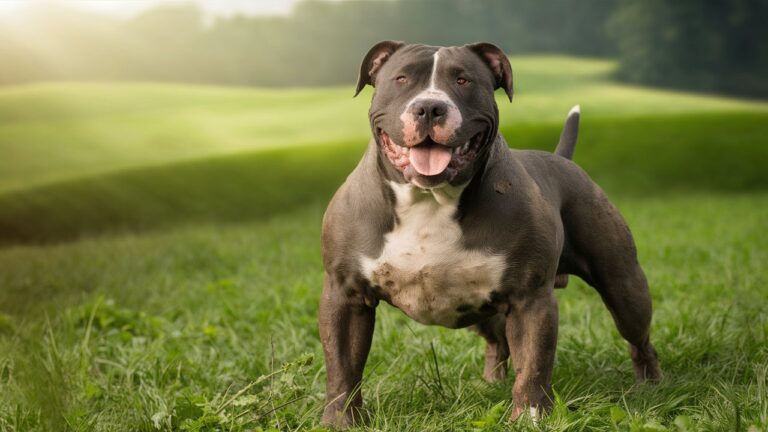
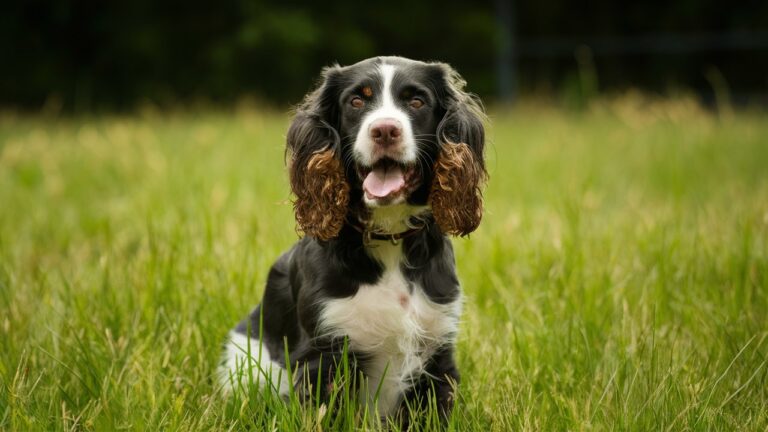
Your article helped me a lot, is there any more related content? Thanks!
Thanks for your feedback! I have more related content—feel free to check it out!